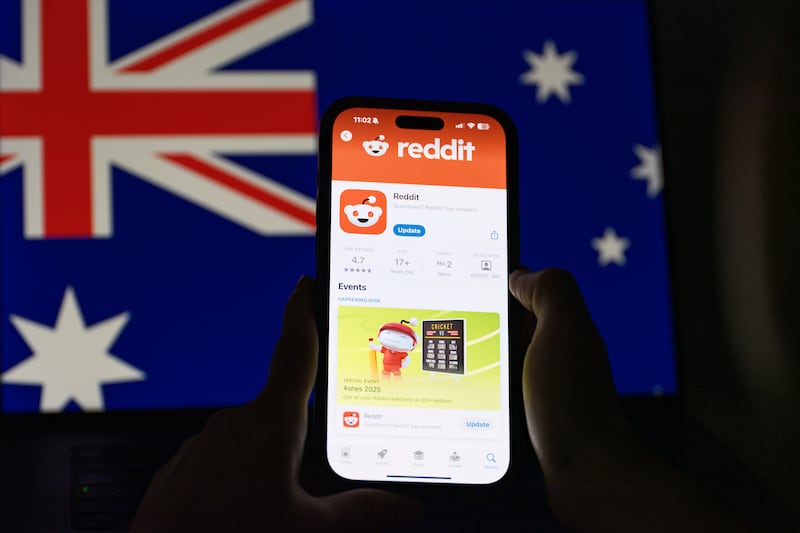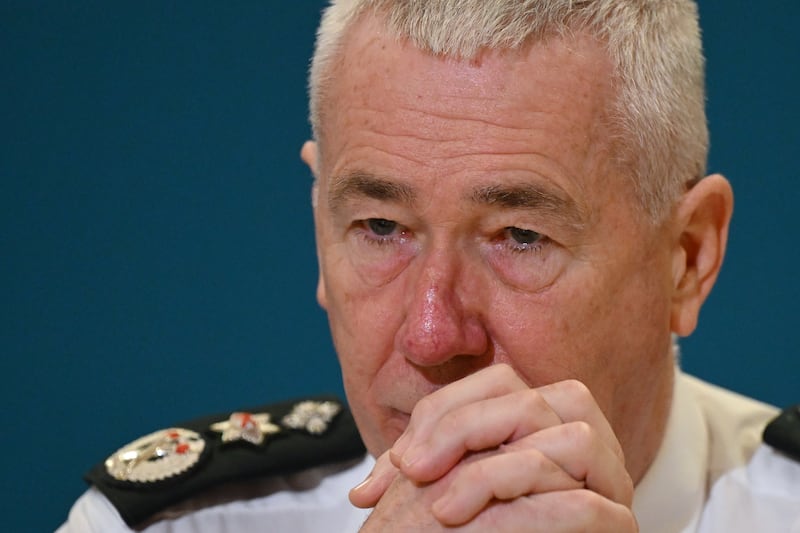A recently published graph reflecting consumer confidence and spending plans in Ireland over the past decade looks like a terrifying rollercoaster. There's an exaggerated plunge at the time of the crash and now our rollercoaster appears to be climbing again.
And not before time. We haven't seen the upbeat consumer round these parts – at least for any significant spell – since the spring of 2006 which was when our rollercoaster reached its highest point. That was when Bertie Ahern was taoiseach, the property market was booming, Steve Staunton was Irish football manager and the government was planning to spend almost €4 billion on making Ireland a global hub of scientific research.
Everything was great. Our Consumer Confidence Index score, as measured by Nielsen, reflected that. The market research company regularly measures attitudes across 63 countries on topics including personal finance and job prospects. Scores in excess of 100 indicate optimism, and scores below that point suggest pessimism. Back in 2006 our score was a not-too-shabby 120.
Then the rollercoaster plunged. Between the summer of 2006 and the winter of 2008, the Republic's Consumer Confidence Index as measured by Nielsen fell to just over 60 per cent. It bobbed along at that low level for more than two years before starting to climb again and in the final two quarters of last year it hit 100, the first time it has consistently reached that mark since 2007. The global Consumer Confidence Index stands one point above Ireland at 101, while Europe's is 81 and the UK is 102. India on 136 has the highest score globally while South Korea the lowest on a miserable 43.
The Republic is now the sixth most upbeat country in Europe with the study showing the proportion of Irish consumers who feel positive about their job prospects now at its highest level since the recession.
At 6.6 per cent, the rate of unemployment is significantly lower in the Republic than the euro zone average of just under 10 per cent, while the economy is growing faster than any other European economy. Property prices are climbing again too which instils optimism, although if we have learned nothing else we should know that is a double-edged sword
Spending habits
According to Nielsen, spending habits are still shifting although the percentage of us who say we have switched to cheaper grocery brands in order to save money – an activity often regarded as a barometer of consumer sentiment and behaviour – has hit its lowest level since the recession with the survey putting the number at 32 per cent.
Even so, the survey suggests that 55 per cent of consumers seek out cheaper groceries to save money with 23 per cent saying they have cut down on their alcohol consumption or switched to cheaper brands.
A fall in the numbers switching to cheaper alternatives does not mean we are reverting to the bad old days when we were all enamoured with high-priced brands. The growth of the German discounters is continuing apace and according to the most recent figures from retail analysts Kantar Worldpanel, both Aldi and Lidl are going gangbusters with the former setting the pace as the fastest-growing retailer in the Republic with year-on-year growth of 6.3 per cent and the latter growing by 2.8 per cent, far ahead of Tesco, Supervalu or Dunnes Stores. What the number might suggest is the offerings from the discounters is getting better so we no longer perceive buying cheaper own-brand products as an unfortunate condition of dire straits.
While many of the numbers in the Nielsen study are positive, a sobering 17 per cent still say they have no money left at the end of the month once all bills are paid. Of those who do have spare cash, 42 per cent save it and a third spend it on holidays with 26 per cent using it to pay off debt. A quarter use excess cash for home improvements and 16 per cent spend it socialising with 15 per cent buying new technology.
“Irish consumer confidence has been steadily rising for the last few years and has been stable enough to withstand recent unsettling events such as the UK Brexit and the US election,” says Matt Clark, Nielsen’s commercial director in Ireland.
“Although we’re a long way from seeing a return to the days of the Celtic Tiger, this confidence has slowly been translating into increasing spend among consumers. A good barometer is year-on-year grocery spend rising for seven consecutive quarters plus the volume of groceries purchased jumping by its highest level for a year. This provides encouraging signs for the future, particularly with a flat consumer price index and European Central Bank interest rates remaining at a record low.”
Sentiment
Separate research from the Economic and Social Research Institute paints a slightly different picture of where the consumer is today. A study published last week showed that since reaching a 15-year high a year ago, Irish consumer sentiment has struggled to retain momentum and has fallen slightly over the past 12 months.
It suggests consumers sense some improvement in the broader economy but are aware of risks, with most of those polled telling researchers they have not seen a clear improvement in their own financial circumstances.
A notable feature of the ESRI’s data is that recent consumer sentiment has only moved in the same direction in two successive months on one occasion and that was when it fell in September and October which hints at a one step forward, one step back economic environment.
The one area where the ESRI survey saw a marked improvement in February, compared with the previous month, was in consumers’ expectations for their personal financial circumstances in the next year, something which could be related to reports suggesting improved prospects for pay increases.
"The Nielsen data does not exactly tally with ours and we have recorded a small but definite decline in consumer sentiment over 2016," says Dr Pete Lunn of the ESRI. "Having said that, both datasets do show consistent upward trends in recent years."
Lunn says Brexit’s impact on consumer sentiment has been muted so far and it has yet to make a tangible difference to people’s lives.
“In studies like these, people are responding to both what they see and hear in the media but also to what is happening in their own lives. When it comes to levels of optimism, the key things are income and job security. They both generate a huge amount of consumer confidence and that is why we have not seen a dramatic response to Brexit. No one on the ground has felt the hit yet.”
While Lunn welcomes the return of the upbeat consumer, he says our future economic wellbeing may well hinge on what we do next. “The big question is how much debt people start to take on as they start to feel more comfortable about their prospects and the prospects of the economy as a whole. Many will remember the last credit-fuelled boom but I would have some concerns about the housing market.”
Don’t we all?


















